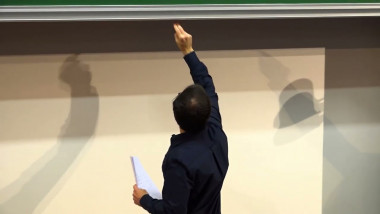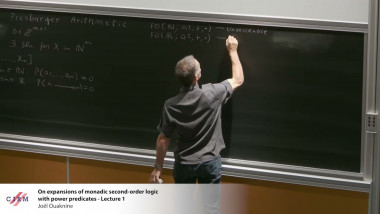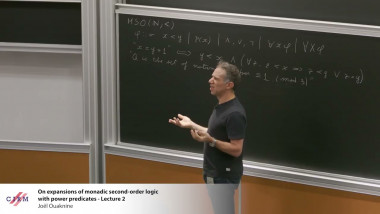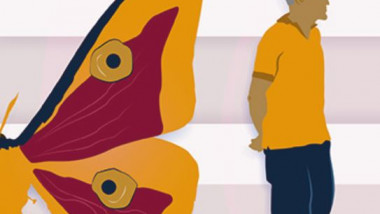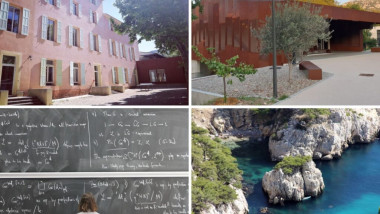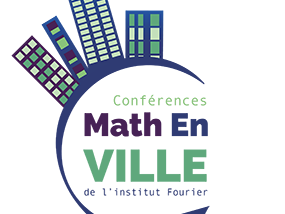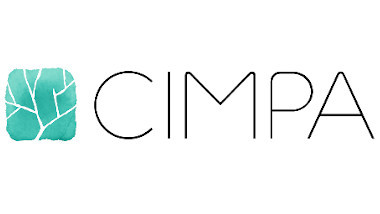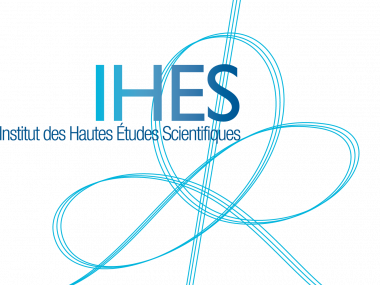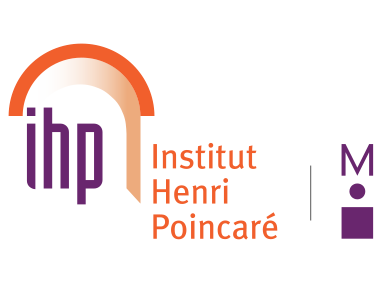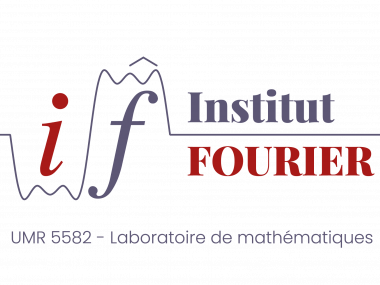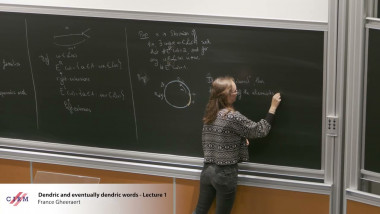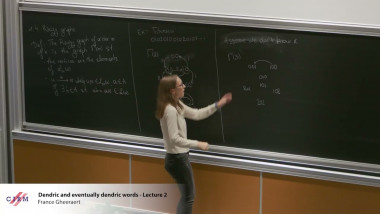Appears in collection : Additive Combinatorics / Combinatoire additive
Discussing recent work joint with M. Rudnev [2], I will discuss the modern approach to the sum-product problem in the reals. Our approach builds upon and simplifies the arguments of Shkredov and Konyagin [1], and in doing so yields a new best result towards the problem. We prove that
$max(\left | A+A \right |,\left | A+A \right |)\geq \left | A \right |^{\frac{4}{3}+\frac{2}{1167}-o^{(1)}}$ , for a finite $A\subset \mathbb{R}$. At the heart of our argument are quantitative forms of the two slogans ‘multiplicative structure of a set gives additive information’, and ‘every set has a multiplicatively structured subset’.
